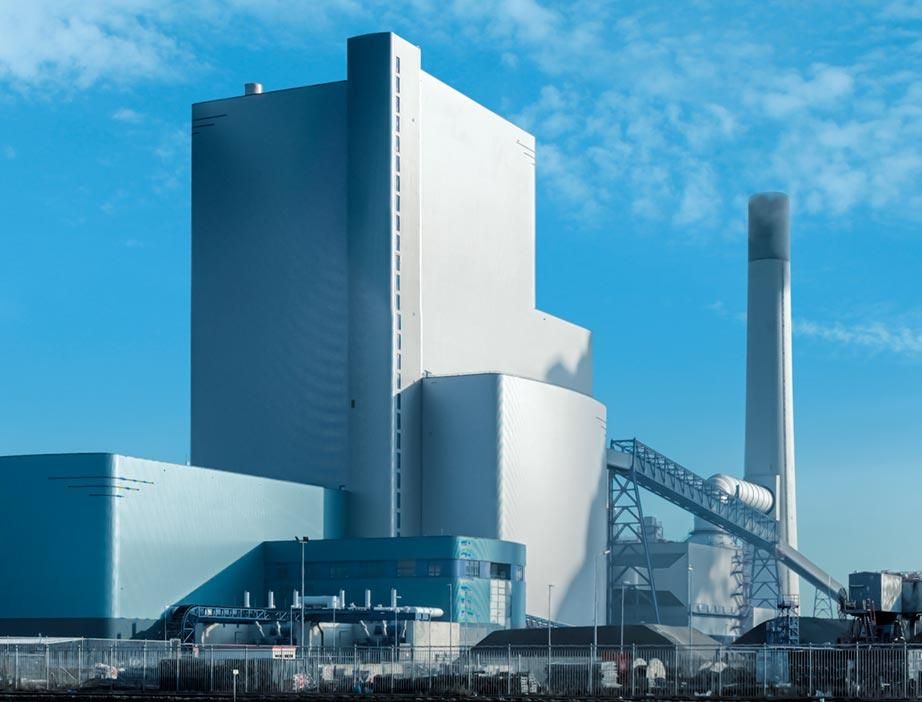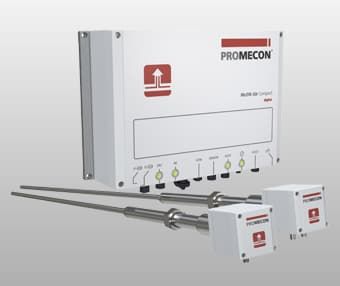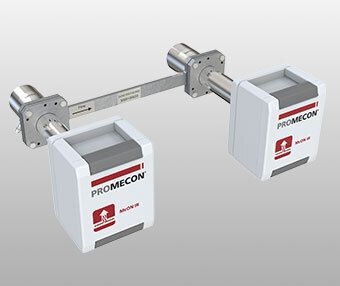Getting the right Balance
Hans Conrads, Promecon, outlines how new gas measurement technologies could help enable a more consistent and accurate gas flow balance in the clinker cooler, leading to a more efficient and sustainable cement making process.
Over the past 15 years, a new measurement technology has entered the cementproducing world; this is the measurement of dusty process gas flows by cross correlation-based velocity calculation. This new technology has opened up the door for process optimisation in the pyro process, the raw milling section, as well as the finished product grinding.em utilises the triboelectric principle. Electrical signals created by (dust) particle clouds passing each of the upstream/downstream sensors are cross correlated and referenced by their time shift. The digital system requires no calibration, ...
Download the whole Article here




 Energía
Energía Cemento
Cemento Acero y fundición
Acero y fundición Energía a partir de desechos
Energía a partir de desechos McON Air Compact
McON Air Compact McON IR
McON IR McON Temp
McON Temp McON Air Portable
McON Air Portable McON UBC
McON UBC MECONTROL Coal
MECONTROL Coal Regulador de densidad
Regulador de densidad McON Air SIL
McON Air SIL









